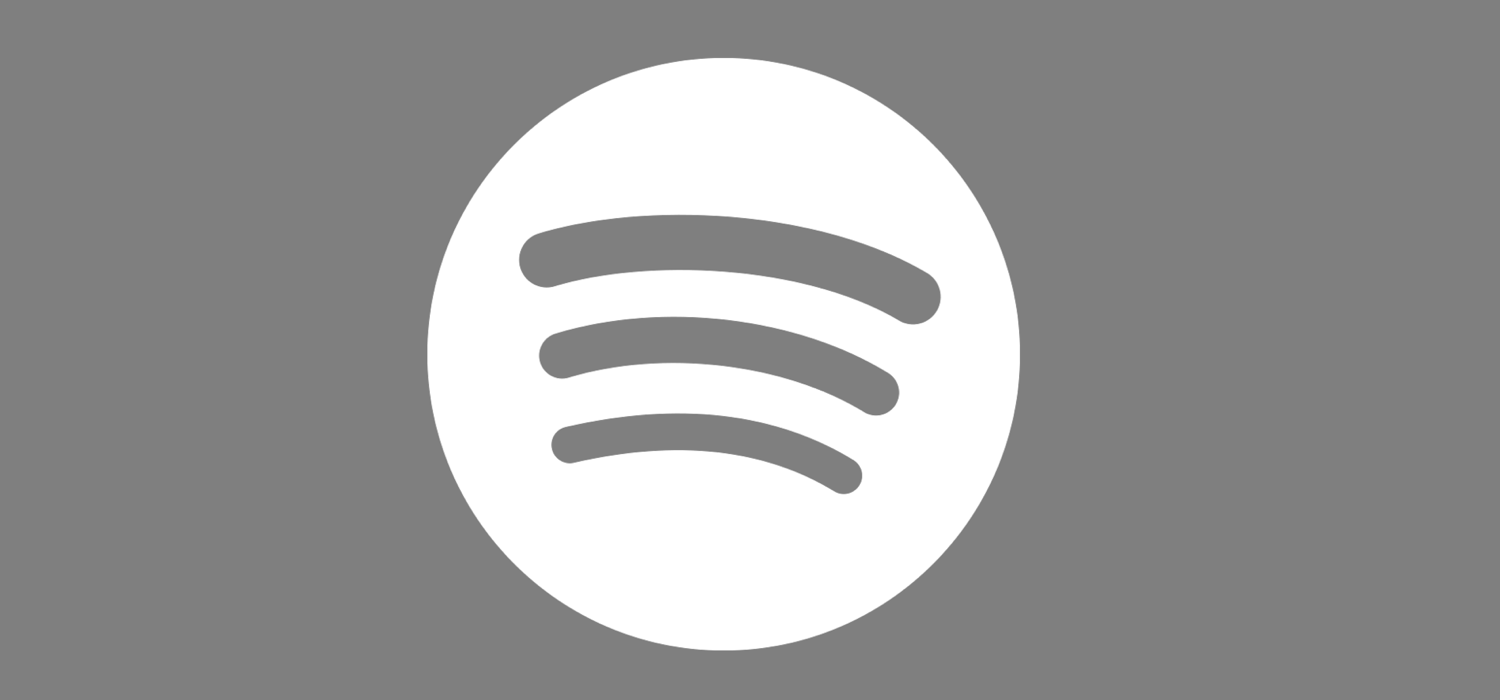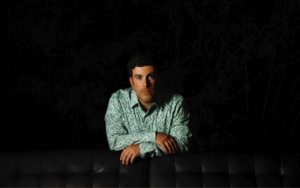
Spotify has grand plans to solidify its position as the global streaming leader, and a big part of their efforts to win this “streaming war” against Pandora, Apple, and Amazon involves courting the very artists, labels, and managers who’ve expressed reservations about the benefits or even solvency of the service.
By offering unprecedented access to Spotify user data (I mean, Tower Records never let you walk through the doors and take a look at who was buying your music), and by developing tools that will help musicians connect directly with fans on the platform, Spotify is trying to position itself as THE indispensable monetized streaming option.
John Paul Titlow wrote in detail about Spotify’s attempts to better meet artists’ needs in this article for Fast Company. It’s a long read, but worth it, and provides a glimpse into the exciting opportunities independent artists may have if Spotify can find a way to scale the extra perks it’s now offering to a select group of established acts.
Over the last year I’ve written a lot about Spotify, and how — if you own 100% of your publishing and master recording rights — a single placement on a big Spotify playlist can earn you serious money. Today, as streaming accounts for over 50% of music revenue and has driven the industry’s highest growth in two decades, it’s truer than ever that Spotify CAN provide a solid income source for musicians who know what they’re doing. For instance, Tycho, the ambient/down-tempo act led by Scott Hansen, now receives 53% of their income from Spotify.
Are you doing everything you can to benefit from Spotify? Here’s a handy checklist to make sure.
10 steps to get the most from your music on Spotify
1. Get your music onto Spotify (and everywhere else)
Obvious first step: Your music needs to be on Spotify! And it should be available on Apple, Amazon, Google, Pandora, and all the rest, because if you have success on one platform, it stands to reason you’ll see some action elsewhere too. Plus, you don’t want to limit how and where someone can listen to your music. You need to be everywhere. CD Baby makes that easy, with no annual fees.
2. Be buzz-worthy (to create press and playlist interest)
In order for Spotify’s in-house editorial team to notice your music, you’ve got to make some noise. That could mean hiring a publicist. It could mean doing something so awesome that bloggers want to write about it even without much of a pitch. It could mean going on a big tour, or making an amazing music video, or anything else that draws attention, drives listeners to the platform to hear your songs, and boosts your overall Spotify presence.
3. Become a verified artist on Spotify
Once you’re verified as an artist on Spotify, you can customize your artist discography page, promote playlists, and access analytics (much of that data is also available and updated daily in the “Trending Reports” section of your CD Baby dashboard).
- If you’re a CD Baby client, we’ve partnered with Spotify to get you INSTANT VERIFICATION and INSTANT ACCESS to your Spotify for Artists account. Just go HERE.
- If you’re not a CD Baby client, verification is still pretty simple. Here’s how to get verified.
4. Create your own playlists
In order to grease the wheels of Spotify’s algorithm, which is on the lookout for songs gaining traction on the platform, you should build your playlist resume by creating your own themed playlists (and placing one of your songs in each playlist).
5. Educate and ask your fans and friends
Sometimes it helps to explain to your audience exactly how and why their actions matter.
Tell them how important it is for them to follow you on Spotify (you’ll have a better chance of your new songs being added to their customized playlists), or how the best thing they can do is add your songs to their own playlists (which is the factor that Spotify weighs most heavily when considering which songs are worth considering for further attention).
6. Try to get on some bigger playlists
This is, of course, the gold ticket that everyone wants to win. But it’s not a total crapshoot. There’s a strategy you can follow to increase your chances of being noticed by a prominent playlist curator. There are also streaming promotion services such as Streaming Promotions (I love that name, so simple) you can hire to build a playlisting campaign around your latest release.
7. Promote your Spotify successes to your audience
If you have a placement in a playlist, share the news. Of course the curator has put together the playlist out of a love for music (hopefully), but they also want your assistance building THEIR audience. Blast it out. Thank them. Keep in touch.
8. Use the data
Spotify really does provide a wealth of information to artists about users’ listening habits, demographics, and more. You can use this data on a daily basis to assess the effectiveness of marketing campaigns, make more informed decisions about your ACTUAL audience, and see where the biggest demand is for your music — which helps you better route tours, customize messaging, and design special region-specific products.
9. Release (less music) more frequently
First of all, people’s listening habits have changed dramatically over the past 20 years. Playlists are the standard for arranging songs, not albums. So why put all your effort into making a 10-song masterpiece when half your listeners or more are only gonna hear the first track in a single sitting? Instead, spread out those ten songs into a series of single releases, or several shorter EPs.
The second reason to do this is it gives Spotify more opportunities to ping your listeners, either by sending an email to users about your new release, or by adding your songs to customized playlists such as Discover Weekly and Release Radar.
10. Be hungry for more tools, higher pay, and better access
Being successful on Spotify doesn’t mean you have to be either complacent or overly-celebratory of a service that could be improved. Stay informed so you can take advantage of new Spotify tools when they become available; remain active in the discussion about royalty rates and advocate for yourself and other rights holders; and make it known that you think it’s important for Spotify to continue being open with its user data.
Well, there’s your Spotify starter list. Do you have any items to add? Holler in the comments.
